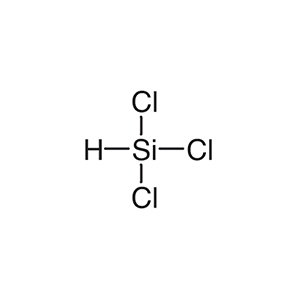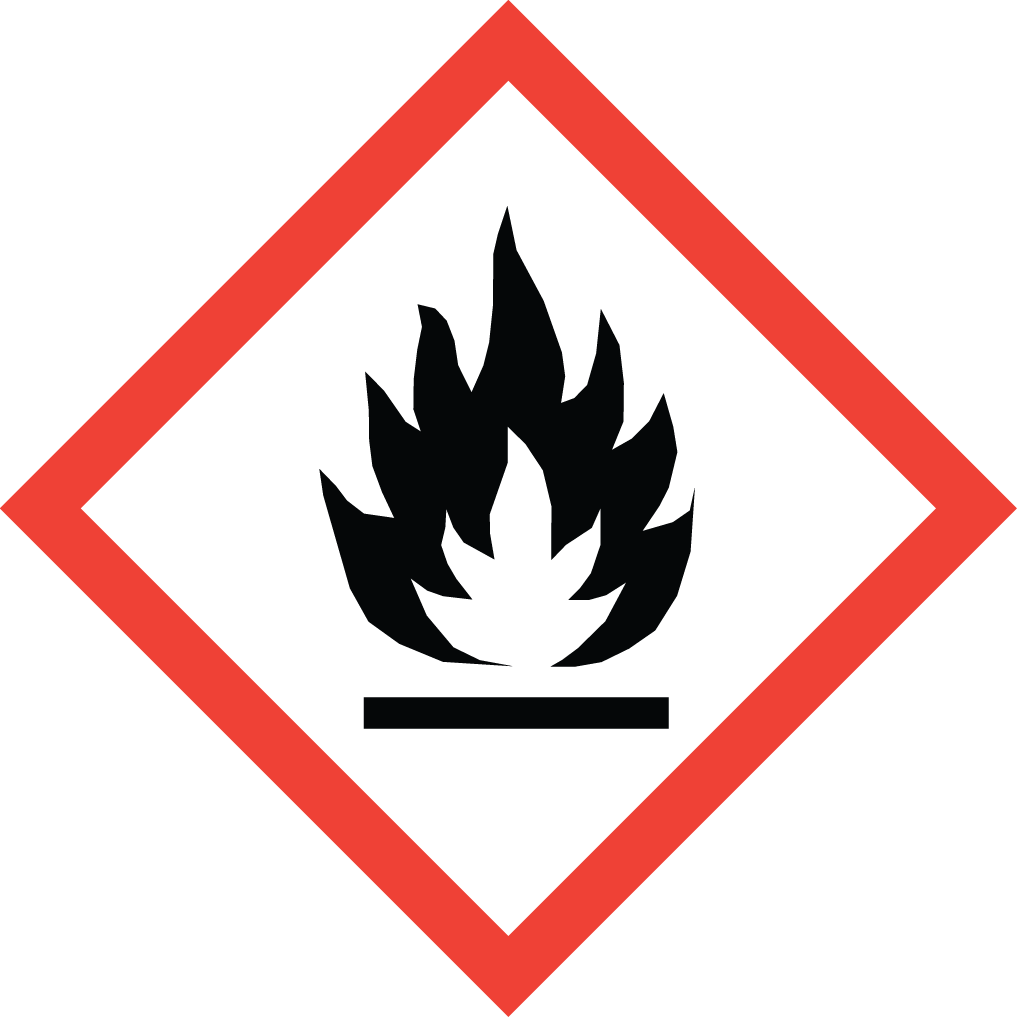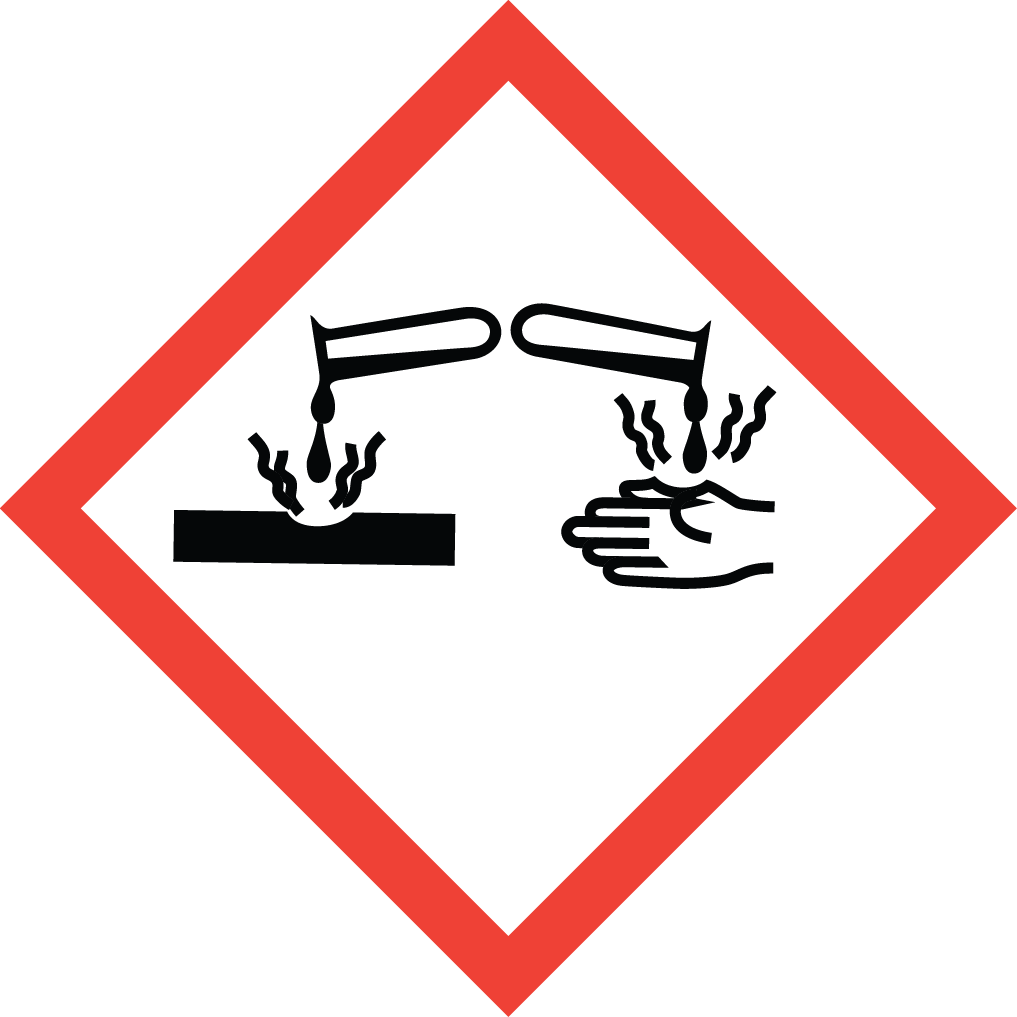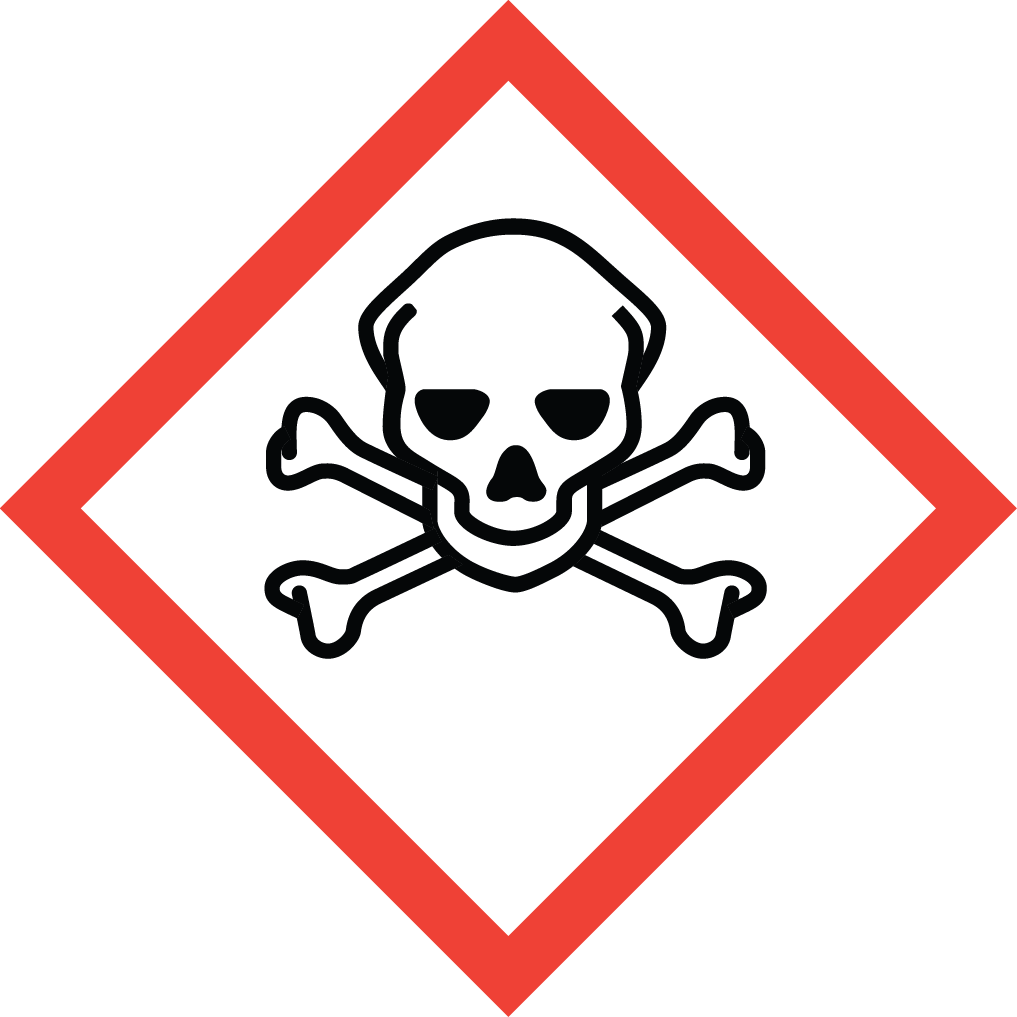Aure Chemical Delivers Excellence in Trichlorosilane (CAS 10025-78-2)
Aure Chemical is a premier global supplier of high-quality Trichlorosilane (HSiCl₃), also commonly known as Silicochloroform or Silicon Chloroform. Identified by its CAS number 10025-78-2, this inorganic compound is a colorless, fuming liquid with a pungent odor. Trichlorosilane is a cornerstone in the silicon industry, playing an absolutely critical role in the production of ultra-pure silicon for semiconductors and solar cells. Its unique reactivity, stemming from the Si-H bond and three reactive Si-Cl bonds, also makes it an invaluable intermediate in the synthesis of a diverse range of silicone polymers and highly specialized silane coupling agents. Due to its high flammability, reactivity with moisture, and corrosive nature, handling and transportation of Trichlorosilane demand the utmost expertise and strict adherence to stringent safety protocols. Aure Chemical's unwavering commitment to excellence ensures that our Trichlorosilane meets the demanding purity and performance requirements for your most critical industrial applications, guaranteeing consistency, safety, and reliability for advanced material manufacturing.
Basic Information of Trichlorosilane
Trichlorosilane (CAS No. 10025-78-2) is meticulously produced and rigorously tested to meet stringent quality standards. We ensure exceptional purity and consistent performance, essential for your critical applications:
| CAS No.: | 10025-78-2 |
|---|
| EC No.: | 233-042-5 |
|---|
| Linear Formula: | HSiCl₃ |
|---|
| Molecular Weight: | 135.45 |
|---|
| Appearance: | Transparent Liquid |
|---|
| Odor: | Pungent odor. |
|---|
| Melting Point: | -127 °C |
|---|
| Boiling point: | 32-34 °C(lit.) |
|---|
| Density: | 1.342 g/mL at 25 °C(lit.) |
|---|
| Reactivity: | Highly reactive with water (hydrolyzes rapidly and exothermically), alcohols, and other protic compounds. Undergoes hydrosilylation reactions. |
|---|
| Flammability: | Highly flammable liquid and vapor. Auto-ignites in air at certain concentrations. |
|---|
| Corrosivity: | Highly corrosive to metals in the presence of moisture and to organic tissues. |
|---|
| RIDADR: | UN 1295 4.3, 8/PG 1 |
|---|
| Chemical Structure: |  |
|---|
Our commitment to delivering high-purity Trichlorosilane ensures a reliable and efficient component for your critical processes, offering consistent quality for diverse industrial needs, while prioritizing uncompromising safety in handling and logistics.
Primary Applications of Trichlorosilane
Trichlorosilane's unique chemical properties, particularly its Si-H bond and reactive Si-Cl bonds, make it an indispensable compound with extensive applications across high-tech and industrial sectors:
Semiconductor Grade Silicon Production (Polysilicon):
Its most significant application is in the manufacturing of ultra-pure silicon (polysilicon) for the semiconductor and photovoltaic industries. Through chemical vapor deposition (CVD) processes, Trichlorosilane is decomposed to yield silicon with extremely low impurity levels, vital for integrated circuits, microchips, and solar cells.
Silicone Polymer Precursor:
It serves as a key intermediate in the synthesis of various silicone polymers, particularly those with specific cross-linking capabilities or functionalities, enhancing properties like heat resistance, flexibility, and water repellency.
Silane Coupling Agents:
Trichlorosilane is a primary precursor for manufacturing silane coupling agents. These agents are crucial for improving the adhesion between organic polymers and inorganic substrates (like glass fibers or mineral fillers) in composites, coatings, and adhesives, significantly enhancing material strength and durability.
Optical Fiber Production:
High-purity Trichlorosilane is used in the production of optical fibers for telecommunications, where its decomposition forms ultra-pure silicon dioxide layers with precise refractive indices.
Hydrosilylation Reactions:
The reactive Si-H bond in Trichlorosilane allows it to participate in hydrosilylation reactions, a powerful tool in organic synthesis for forming new C-Si bonds, enabling the synthesis of complex organosilicon compounds.
Other Specialty Silanes and Chemicals:
It is a versatile intermediate for synthesizing a wide range of other specialty silanes and organosilicon compounds used in various niche applications, including protective coatings and catalysts.
Why Choose Aure Chemical for Your Trichlorosilane Supply?
Aure Chemical is dedicated to providing superior chemical solutions and unparalleled customer support. By partnering with us for your Trichlorosilane requirements, you benefit from:
Exceptional Purity & Consistent Quality: Our Trichlorosilane is manufactured to stringent purity specifications, critical for applications like semiconductor-grade silicon production where even trace impurities can be detrimental to performance.
Uncompromising Safety & Compliance: Given the extreme flammability, reactivity, and corrosive nature of Trichlorosilane, Aure Chemical maintains world-class safety standards. Our manufacturing, storage, and transportation protocols are meticulously designed to adhere strictly to international safety regulations and best practices for handling highly hazardous liquids.
Reliable Global Supply Chain: We maintain a robust and efficient global supply network, guaranteeing timely and secure delivery of this critical chemical to your facilities worldwide, with specialized logistics for hazardous materials.
Expert Technical & Safety Support: Our dedicated team of experienced chemists and highly trained safety specialists is readily available to offer comprehensive guidance on product application, stringent safe handling procedures, emergency response planning, and optimal storage conditions for Trichlorosilane.
Commitment to Quality & Responsible Stewardship: We adhere to the highest industry standards for quality management, environmental responsibility, and product stewardship across all our operations, ensuring peace of mind for our clients and the responsible management of hazardous chemicals.
Choose Aure Chemical for a trustworthy and dependable supply of high-quality Trichlorosilane. We're ready to support your most demanding and innovative material science processes with an unwavering commitment to safety and excellence.
Hazards Classification
GHS Classification: Flammable Liquid (GHS02), Corrosive (GHS05), Acute Toxicity (GHS06)
Hazard Statements: Extremely flammable liquid and vapor; causes severe skin burns and eye damage; toxic if inhaled.
UN Number: UN 1295
Hazard Class: 4.3 (Dangerous When Wet), 3 (Flammable Liquids), 8 (Corrosive)
Packing Group: I
 GHS02: Flammable
GHS02: Flammable GHS05: Corrosive
GHS05: Corrosive GHS06: Acute toxicity
GHS06: Acute toxicity
